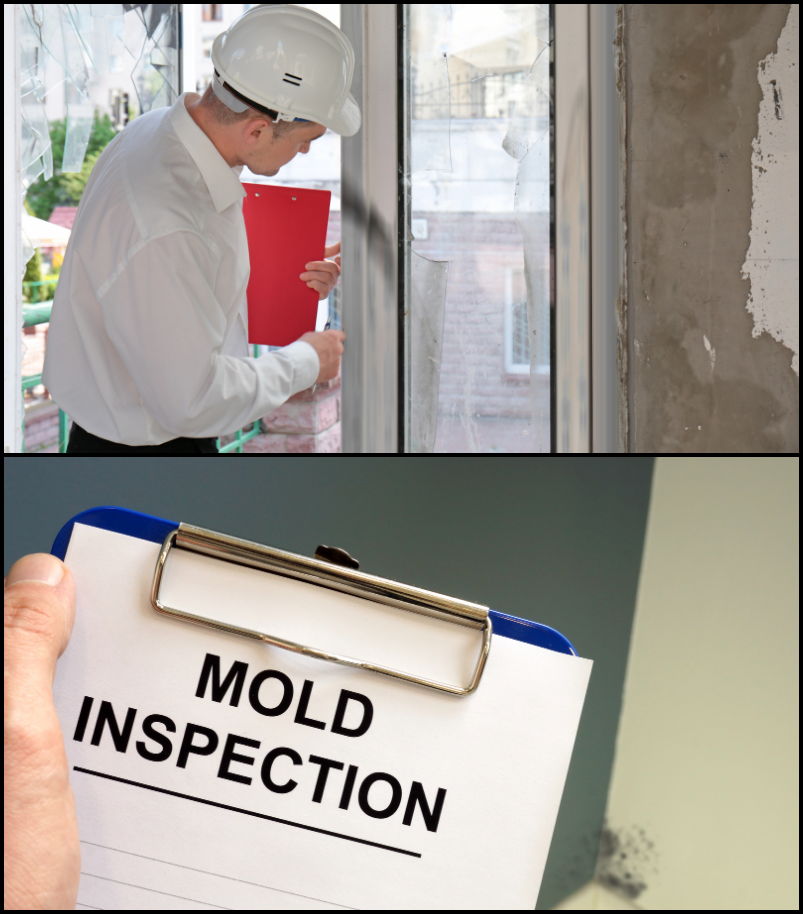Mold Testing in Blue Point


The Importance of Mold Testing On Long Island
Professional Mold Inspection in Blue Point
Residential
Commercial
Blue Point, located on Long Island’s South Shore in Suffolk County, is a quaint, waterfront hamlet known for its charming residential streets, rich history, and close ties to the Great South Bay. With a population of around 4,700, Blue Point is part of the Town of Brookhaven and offers a peaceful, suburban lifestyle with easy access to Long Island’s natural beauty and nearby attractions. Its small-town feel, combined with its coastal location, makes it an attractive spot for families, retirees, and anyone seeking a tranquil community near the water. The local economy in Blue Point is supported by small businesses, local restaurants, and service industries. The hamlet is known for its seafood offerings, thanks to its proximity to the bay, and is home to a handful of family-run establishments that emphasize fresh, local ingredients. One of Blue Point’s claims to fame is its connection to the Blue Point oyster, a delicacy that was once harvested in abundance from the local waters and helped put the hamlet on the map. While oyster harvesting has declined, the legacy of Blue Point oysters remains a point of pride for the community.
Blue Point enjoys a typical Long Island climate, with warm summers and cold winters, which allows for a variety of outdoor activities throughout the year. The hamlet’s waterfront location provides opportunities for boating, fishing, and other water-based recreation on the Great South Bay. Corey Beach, a small, family-friendly beach, is a local favorite for swimming, picnicking, and enjoying views of the bay. Blue Point also has several marinas, making it a popular spot for boaters who want easy access to the waters of the South Shore. Blue Point has a rich history dating back to the 1800s, when it was primarily a fishing and oystering village. Many of the homes in Blue Point reflect this history, with charming cottages and older houses that add to the hamlet’s character. While the community has grown and modernized over the years, Blue Point has retained much of its historical charm and continues to celebrate its maritime heritage.
Our Mold Testing Services in Blue Point
Our testing and inspection process includes the following steps:
Visual Mold Inspection:
Identifying any visible signs of mold growth.
Air Quality Testing:
Detecting mold spores in the air to assess indoor air quality.
Surface Testing:
Collecting samples from surfaces to confirm mold presence.
Moisture Mapping:
Pinpointing areas of potential water damage that may lead to mold growth.
Why Choose Long Island Mold Testing
Certified and Experienced
Local Experts
Fast & Reliable Service
Health-Focused Approach
FAQs
1. What is mold testing?
Mold testing involves inspecting a property for the presence of mold by collecting air or surface samples and analyzing them in a laboratory to determine if harmful mold is present and at what levels.
2. Why is mold testing important?
Mold testing helps identify hidden mold growth that can cause health issues, property damage, and decreased indoor air quality. It allows homeowners to take prompt action to remove mold and prevent further problems.
3. How do I know if I need mold testing?
If you notice visible mold, experience a musty odor, or suspect water damage (e.g., from flooding or leaks), mold testing is recommended. It’s also a good idea after purchasing a home, following major storms, or if household members experience unexplained health issues.
4. What types of mold are commonly found in homes?
Some common molds found in homes include Stachybotrys (black mold), Penicillium, Aspergillus, and Cladosporium. Testing can determine the specific types of mold present and assess the risks they may pose.
5. How is mold testing performed?
Mold testing typically involves collecting samples from the air, surfaces, or materials in your home. These samples are then analyzed in a lab to identify the types of mold present and their concentrations.
6. How long does mold testing take?
The actual testing process usually takes a few hours, but receiving lab results can take anywhere from 24 hours to a few days, depending on the type of testing and the laboratory used.
7. How much does mold testing cost?
The cost of mold testing varies depending on the size of the property, the extent of testing required, and the types of tests performed. Prices typically range from $300 to $600, but more comprehensive testing can cost more.
8. What should I do if mold is detected in my home?
If mold is found, you should contact a professional mold remediation company to safely remove it. It’s important to address the underlying cause of the mold (such as water leaks or high humidity) to prevent future growth.
9. Can I test for mold myself?
There are DIY mold testing kits available, but they may not be as reliable as professional testing. Professional mold inspectors are trained to locate hidden mold and provide more accurate assessments of the extent of the issue.
10. How can I prevent mold growth in my home?
To prevent mold growth, control indoor humidity levels, repair leaks promptly, ensure proper ventilation (especially in bathrooms and kitchens), and clean and dry areas affected by water damage as soon as possible.
11. Is all mold dangerous?
Not all mold is harmful, but certain types of mold can cause health issues, especially for individuals with allergies, asthma, or weakened immune systems. Professional testing can help determine if the mold in your home poses a risk.
12. How often should mold testing be done?
Mold testing should be done after water damage, if mold is visibly present, when moving into a new home, or if you notice unexplained health symptoms. Otherwise, periodic testing every few years can ensure your indoor air quality remains safe.